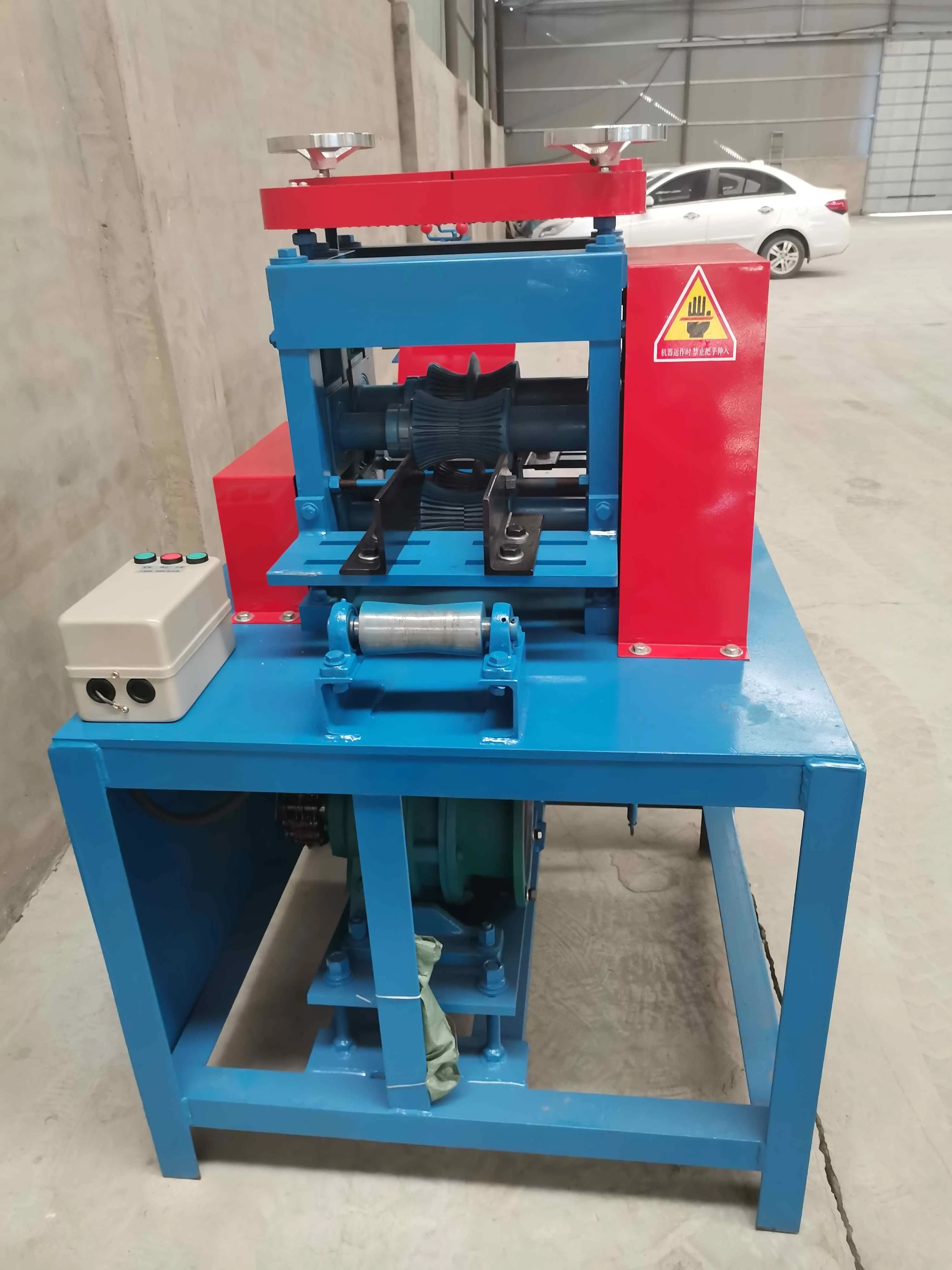

Nov . 28, 2024 00:08 Back to list
Understanding Construction Waste Shredders A Sustainable Solution for the Construction Industry
The construction industry is one of the most significant contributors to global waste. As urbanization accelerates and infrastructure demands increase, construction debris continues to pile up, posing challenges for both the environment and public health. Enter the construction waste shredder, a technological innovation that is transforming how we manage and process construction waste sustainably.
What is a Construction Waste Shredder?
A construction waste shredder is a specialized machine designed to break down large materials typically associated with construction activities, such as wood, metal, concrete, bricks, and plastic. These shredders utilize powerful blades and robust motors to reduce the size of waste materials, making them easier to transport, recycle, and repurpose. The shredded output can be used in various applications, including new construction materials, landscaping products, and energy generation.
The Importance of Shredding Construction Waste
Shredding construction waste offers numerous benefits
1. Reduction in Landfill Use One of the most pressing issues with construction waste is its disposal. In the traditional model, large amounts of debris end up in landfills, contributing to environmental degradation. Shredding reduces the volume of waste significantly, ensuring that more materials can be recycled rather than discarded.
2. Resource Recovery Many materials found in construction waste are reusable. For instance, wood can be repurposed into mulch, while metals can be melted down and reformed. By shredding these materials, the recycling process becomes more efficient, allowing for resource recovery that conserves natural resources.
3. Cost Savings Transporting entire pieces of construction waste can be costly. By shredding the waste on-site or nearby, companies can significantly reduce transportation costs and improve their waste management strategies. Furthermore, recycling materials can also lower the costs associated with purchasing new materials.
4. Environmental Sustainability The construction industry is under increasing scrutiny regarding its environmental impact. Utilizing construction waste shredders aligns with sustainability goals by minimizing waste, reducing carbon footprints, and promoting the use of recycled materials.
Types of Construction Waste Shredders

There are two primary types of construction waste shredders used in the industry
1. Single-Shaft Shredders These machines use a single blade to shred materials. They are particularly effective for softer materials like wood and plastic. However, they may struggle with harder materials like concrete and metal.
2. Dual-Shaft Shredders These shredders feature two counter-rotating shafts that provide greater power and efficiency. They can handle a wider range of materials, including heavy-duty materials like concrete and metal. The dual-shaft design allows for a more controlled shredding process, resulting in uniform output size.
Best Practices for Using Construction Waste Shredders
For construction companies looking to implement shredding technology, consider the following best practices
1. Educate Staff Ensure that workers are trained in how to operate shredders safely and efficiently. Proper training reduces the risk of accidents and ensures that the machinery is used to its full potential.
2. Regular Maintenance Like any mechanical equipment, construction waste shredders require regular maintenance. Scheduled inspections can prevent breakdowns and prolong the lifespan of the machinery.
3. Adapt to Waste Types Different construction sites generate various types of waste. Understanding the materials involved can help in selecting the appropriate shredder and optimizing its use for specific projects.
4. Partner with Recyclers Collaborating with recycling companies can enhance the benefits of shredding. Once materials are shredded, they can be easily transported and processed by specialized recyclers, closing the loop on the waste management process.
Conclusion
In conclusion, construction waste shredders are essential tools for modern construction practices. They not only help in managing waste effectively but also support sustainability initiatives in the industry. As more companies recognize the importance of adopting eco-friendly practices, investing in construction waste shredders will become an integral part of the construction process, helping to build a greener and more sustainable future. By embracing such technologies, the construction industry can take significant strides toward reducing its environmental footprint and fostering resource conservation.
Latest news
The Future of Metal Recycling: Revolutionizing Waste Management
NewsMay.14,2025
Optimizing Waste with Recycling Lines
NewsMay.14,2025
Municipal Solid Waste Sorting Line: Revolutionizing Waste Management
NewsMay.14,2025
Metal Shredders: Essential Tools for Efficient Recycling
NewsMay.14,2025
Maximize Your Profits with a Copper Wire Granulator
NewsMay.14,2025
Home Metal Shredder: A Smart Choice for Your Home Recycling Needs
NewsMay.14,2025